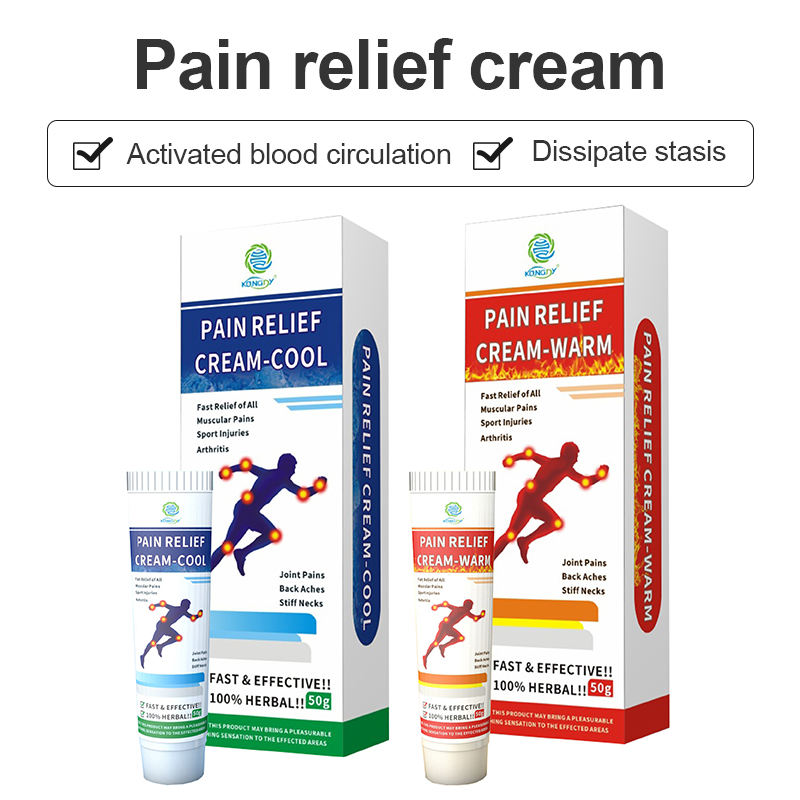In the realm of pain relief creams, the choice between natural and synthetic ingredients is a crucial consideration for healthcare practitioners and patients alike. Each type of ingredient comes with its own set of benefits and potential drawbacks. This article explores the differences between natural and synthetic pain relief cream ingredients to help you make informed decisions for your practice and your patients.
- Natural Pain Relief Cream Ingredients
Natural pain relief creams contain ingredients sourced from plants, herbs, and other naturally occurring substances. These ingredients are often prized for their perceived safety and minimal risk of side effects. Some common natural ingredients found in pain relief creams include:
Arnica: Known for its anti-inflammatory properties, arnica is commonly used to reduce pain and swelling associated with bruises, sprains, and arthritis.
Capsaicin: Derived from chili peppers, capsaicin is a natural analgesic that works by desensitizing pain receptors in the skin, providing relief from conditions like neuropathic pain and osteoarthritis.
Menthol: Extracted from mint oils, menthol produces a cooling sensation that helps alleviate pain and discomfort, making it effective for muscle aches, headaches, and minor injuries.
Camphor: With its numbing and anti-inflammatory properties, camphor is often used to relieve muscle and joint pain, as well as itching and irritation.
Willow Bark Extract: Similar to aspirin, willow bark extract contains salicin, which has analgesic and anti-inflammatory effects, making it useful for treating headaches, muscle pain, and arthritis.

- Synthetic Pain Relief Cream Ingredients
Synthetic pain relief creams typically contain lab-created ingredients that mimic the effects of natural compounds. These ingredients are often designed to be more potent and have longer-lasting effects. Common synthetic ingredients found in pain relief creams include:
Methyl Salicylate: Similar to salicylic acid found in willow bark, methyl salicylate is a synthetic compound with analgesic and anti-inflammatory properties, making it effective for relieving muscle and joint pain.
Lidocaine: A local anesthetic, lidocaine works by blocking nerve signals in the body, providing temporary relief from pain and itching caused by conditions like sunburn, insect bites, and minor skin irritations.
Benzocaine: Another local anesthetic, benzocaine numbs the skin and mucous membranes, making it useful for relieving pain associated with minor burns, cuts, and insect stings.
Diclofenac: A nonsteroidal anti-inflammatory drug (NSAID), diclofenac reduces pain and inflammation by inhibiting the production of prostaglandins, making it effective for conditions like arthritis, sprains, and strains.
Trolamine Salicylate: Similar to methyl salicylate, trolamine salicylate is a synthetic compound with analgesic and anti-inflammatory properties, making it useful for relieving muscle and joint pain.
- Choosing the Best Ingredients for Your Practice
When selecting pain relief cream ingredients for your practice, consider the following factors:
Effectiveness: Choose ingredients that have been clinically proven to provide relief for the specific types of pain your patients are experiencing.
Safety: Prioritize ingredients with minimal risk of side effects and interactions with other medications or treatments.
Patient Preferences: Take into account your patients’ preferences for natural or synthetic ingredients and any sensitivities or allergies they may have.
Regulatory Considerations: Ensure that the ingredients you choose comply with regulatory guidelines and standards for safety and efficacy.
Whether you opt for natural or synthetic pain relief cream ingredients, the key is to prioritize safety, effectiveness, and patient satisfaction. By carefully selecting and combining ingredients based on scientific evidence and clinical experience, you can provide your patients with high-quality pain relief solutions that meet their individual needs and preferences. For more information on pain management strategies and healthcare products, visit our website and explore our comprehensive range of articles and guides.






